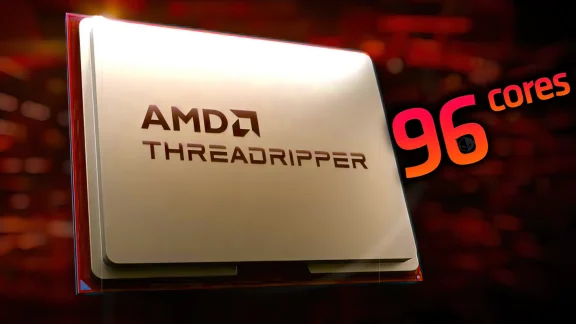If you’re reading this, you’ve probably stumbled across “http://6.7.22.31 amd” and wondered: what’s the deal with this? Is it something technical? Is it something you need for work, gaming, or just your day-to-day life?
Let’s break it down.
Right now, tech-savvy folks and even casual users are buzzing about this topic, and you’re not alone in wanting to make sense of it.
What is “http://6.7.22.31 amd” Anyway?
This isn’t just random tech jargon.
“AMD” clues us in right away—it’s likely tied to processors, graphics cards, or something performance-focused.
But that URL? That’s where it gets interesting.
Some users speculate it might connect to:
- Configuration dashboards for AMD devices.
- Internal systems for testing or updates.
- A tool that simplifies managing AMD components.
While the exact details might be niche, if you’ve come across “http://6.7.22.31 amd,” chances are you’re looking to troubleshoot, set up, or optimize your hardware.

Common Questions People Ask About “http://6.7.22.31 amd”
Is This a Real URL?
Yes and no.
It looks like a local IP address—a placeholder for something you access within a network.
If you type it into your browser and nothing happens, that’s normal unless you’re connected to the right environment.
Why Does It Include ‘AMD’?
AMD is all about performance—whether it’s CPUs or GPUs.
This could be part of a private tool for AMD-based systems.
For example:
- It might configure settings for gaming rigs.
- It could help tweak processor efficiency for developers or enthusiasts.
How to Use It Without Guessing
If you’re unsure about “http://6.7.22.31 amd,” don’t panic.
Here’s how you can get clarity fast:
- Check Your Device Manual: If it’s tied to AMD hardware, the manual might mention this.
- Visit AMD’s Official Site: Head to AMD’s official support page to search for related tools.
- Join AMD Forums: AMD enthusiasts share their experiences in forums, so you might uncover exactly what this is.
Real-Life Scenarios Where This Could Help
Let’s say you just set up a shiny new AMD-powered gaming PC.
The URL might help you tweak overclocking settings or monitor your CPU’s performance.
Or imagine you’re working in IT, setting up a network of AMD workstations.
This address might let you connect to a local admin panel for managing those systems.
How Can You Be Sure It’s Safe?
The last thing anyone wants is a sketchy link that compromises your data.
Here’s how to stay safe:
- Stick to trusted sources. Only use “http://6.7.22.31 amd” in environments you know are secure.
- Ask around. Tech forums are goldmines for this kind of info.
- Test in isolation. Use a separate device if you’re experimenting.
Troubleshooting “http://6.7.22.31 amd” Like a Pro
Sometimes, things won’t work right out of the box. Here’s how you can troubleshoot:
Step 1: Check Your Network Connection
Local IP addresses like this one won’t work if your network isn’t set up correctly.
Step 2: Ensure AMD Hardware is Installed
If you’re trying to access this on a non-AMD system, you might hit a wall.
Step 3: Update Your Drivers
Outdated drivers can cause issues. Grab the latest updates from AMD’s driver page.

FAQs About “http://6.7.22.31 amd”
Can I Access This from Any Device?
No.
It likely works only within specific AMD-compatible setups.
What if I Get an Error?
Errors might mean the system isn’t configured yet.
Check for software updates or reach out to AMD’s support team.
Is It Safe to Share?
Unless you’re in a secure network environment, avoid sharing private URLs like this.
Wrapping It All Up
“Http://6.7.22.31 amd” might sound complex, but it’s just a piece of a bigger puzzle.
It’s tied to AMD tech, whether that’s performance optimization or something behind-the-scenes.
If you’re still curious, make sure to explore reliable sources and stay connected to tech forums for more details.


